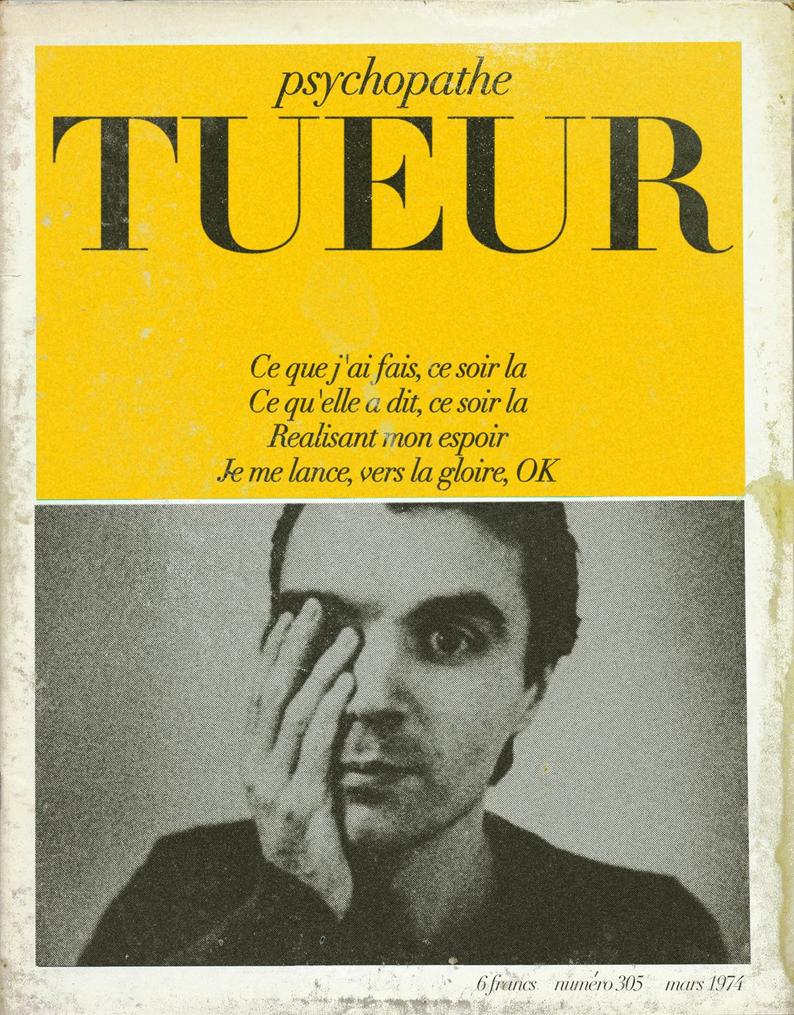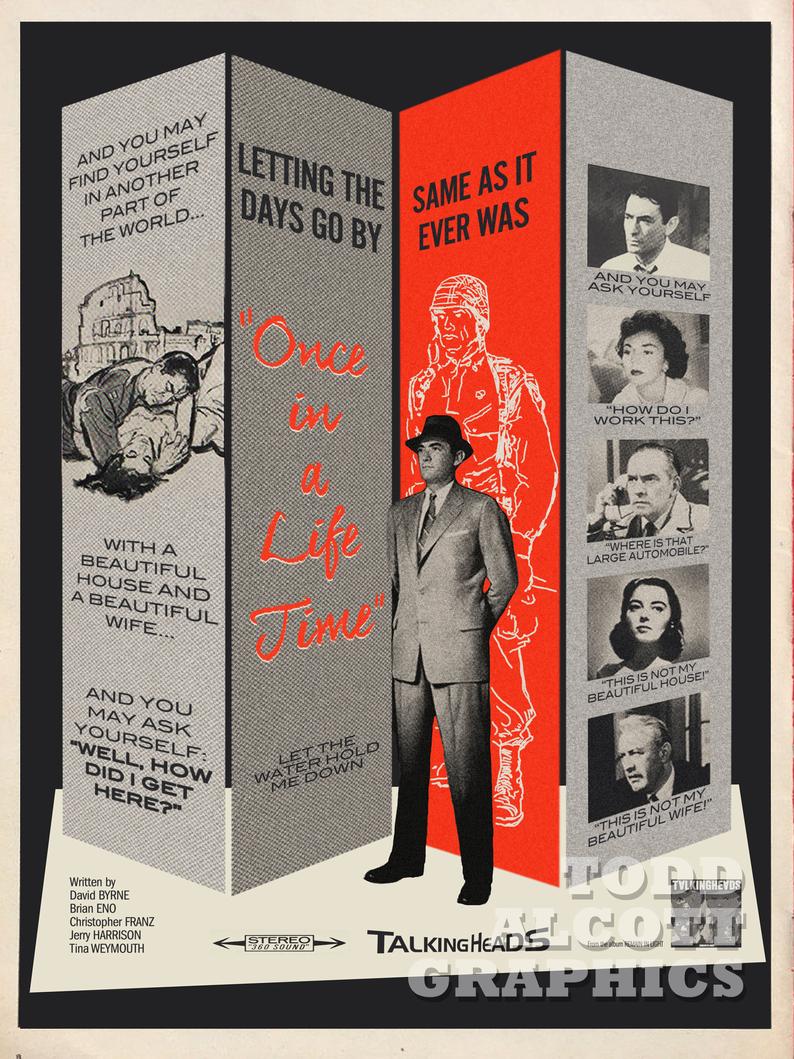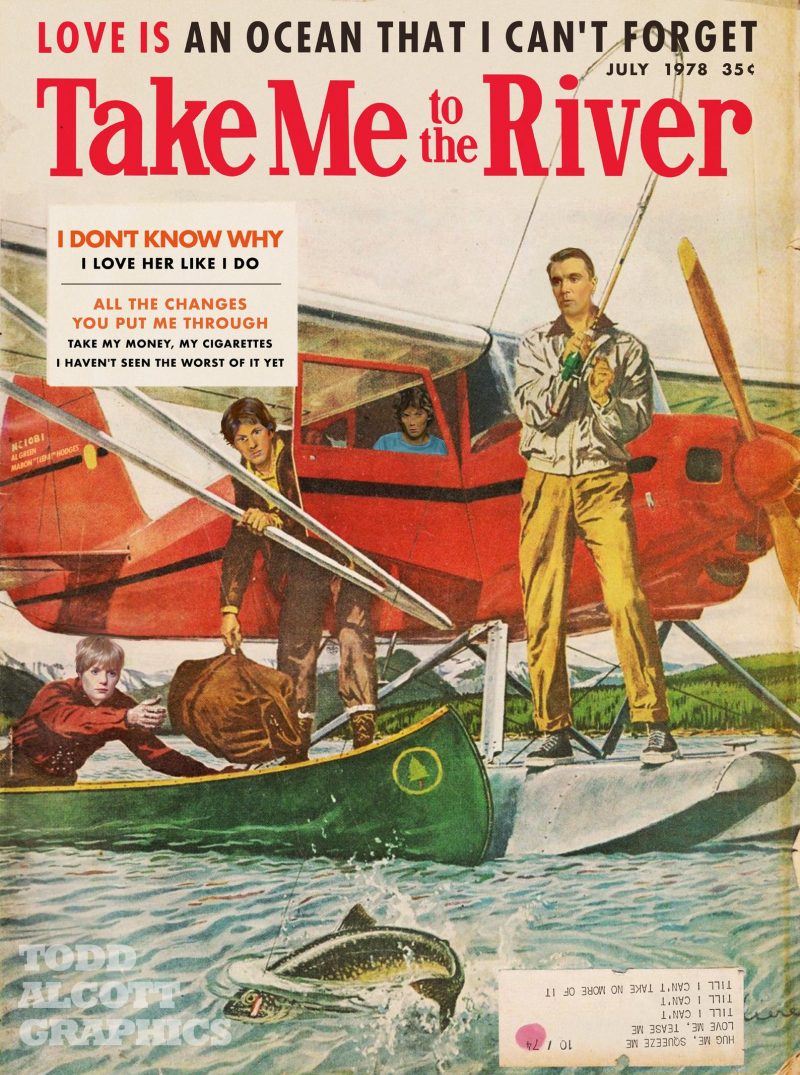When Conan O’Brien found himself temporarily out of a late-night television hosting job a few years ago, he went on tour with a stage show instead. If the documentary chronicling that period of his career wasn’t called Conan O’Brien Can’t Stop, a similar title could equally fit the recent films that have captured Hayao Miyazaki’s oscillation between work and “retirement.” In 2013’s Kingdom of Dreams and Madness, previously featured here on Open Culture, we thought we witnessed Miyazaki animating the final frame of his final feature. But his subsequent withdrawal from filmmaking proved short-lived, and his preparation for re-emergence (including his gone-viral critique of experimental computer animation) provides the subject for 2016’s Never-Ending Man.
This year, Never-Ending Man director Kaku Arakawa returns with 10 Years With Hayao Miyazaki, a four-part documentary available to watch free at NHK’s web site, and whose trailer appears at the top of the post. “Whereas Never-Ending Man tracked the director’s career from his short-lived retirement in 2013 to the germination of his forthcoming feature How Do You Live?, this series covers the decade running up to 2013,” writes Cartoon Brew’s Alex Dudok de Wit. Those were busy years for Miyazaki’s Studio Ghibli, involving as they did the production of Ponyo and The Wind Rises, as well as two films directed by Miyazaki’s son Goro: the Ursula K. LeGuin adaptation Tales from Earthsea and the 1960s boarding school-set From Up on Poppy Hill.
Tales from Earthsea came out in 2006, and at the time Miyazaki felt that Goro was unready to make his debut. As awkward as the period of estrangement between Miyazaki père et fils during that movie’s production may feel — especially given how often they’re in the same office — it reflects the near-impossibly high standard to which the man who directed My Neighbor Totoro, Princess Mononoke, and Spirited Away holds not just his successor and his collaborators, but himself. Above all himself, as revealed by the candid footage Arakawa’s decade of access to Miyazaki’s life allowed him to gather.
“We see him at work in his private studio and at Studio Ghibli, and relaxing at home,” writes Dudok de Wit, “insofar as he’s capable of relaxation.” What Miyazaki says to Arakawa about his craft, his worldview, and his life suggests a mind perpetually at work, even during the rare times his hands aren’t. 10 Years With Hayao Miyazaki ends with the making of The Wind Rises, but Arakawa must surely have known not to take the animator’s pronouncements of it being his final feature seriously: Hayao Miyazaki can’t stop, nor do we want him to.
Watch 10 Years With Hayao Miyazaki online here, and find it listed in our collection of Free Documentaries, a subset of our collection, 4,000+ Free Movies Online: Great Classics, Indies, Noir, Westerns, Documentaries & More.
Related Content:
Watch Hayao Miyazaki Animate the Final Shot of His Final Feature Film, The Wind Rises
Watch Moebius and Miyazaki, Two of the Most Imaginative Artists, in Conversation (2004)
Hayao Miyazaki Meets Akira Kurosawa: Watch the Titans of Japanese Film in Conversation (1993)
Based in Seoul, Colin Marshall writes and broadcasts on cities, language, and culture. His projects include the book The Stateless City: a Walk through 21st-Century Los Angeles and the video series The City in Cinema. Follow him on Twitter at @colinmarshall or on Facebook.












